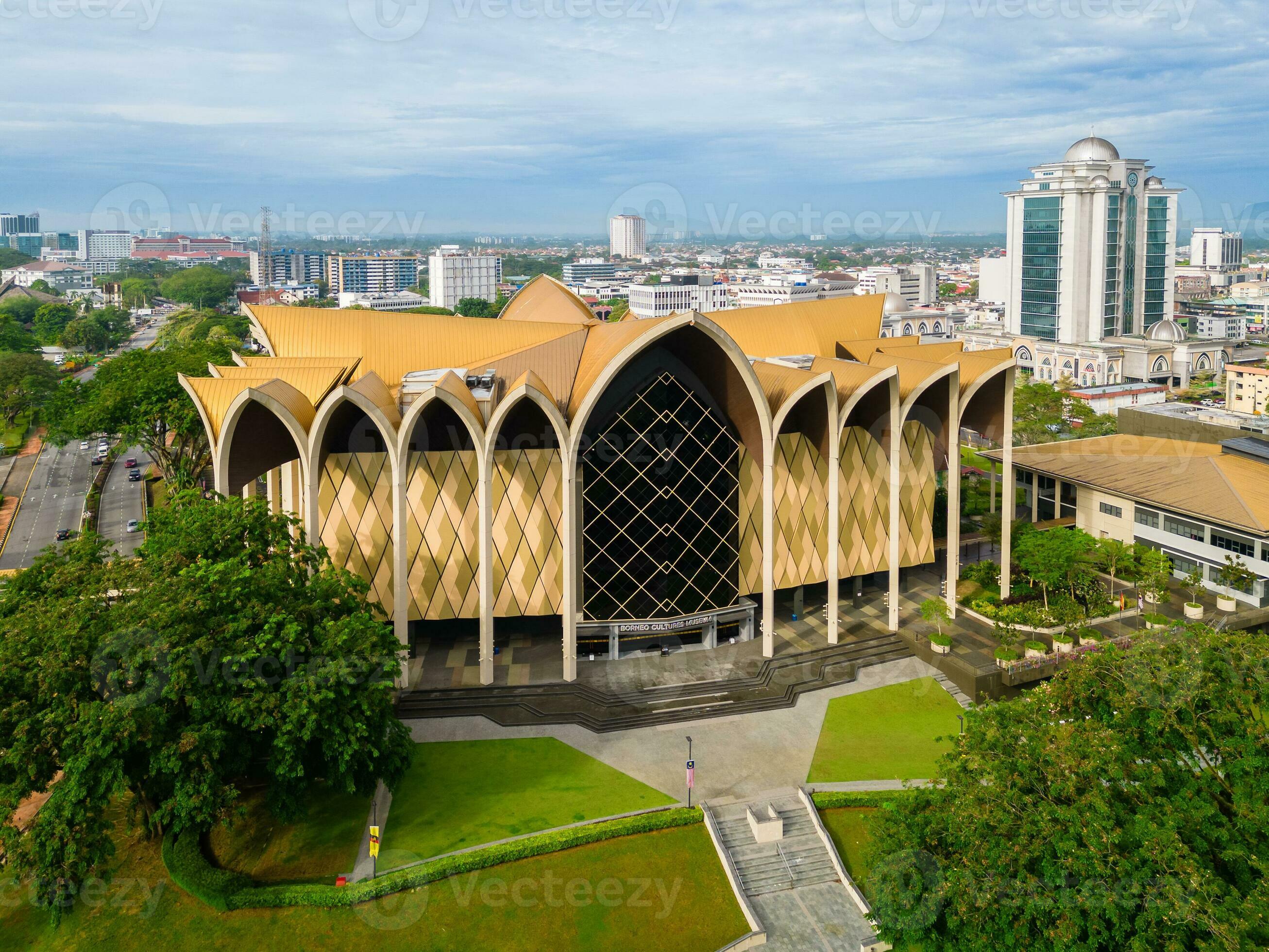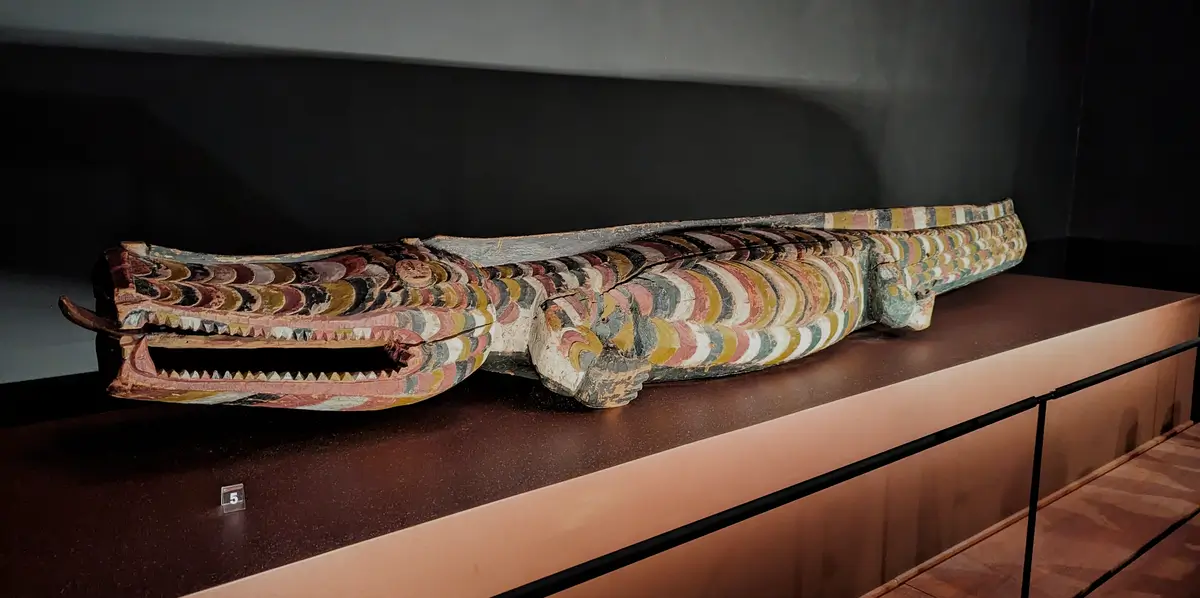Discover the Significance of Borneo Cultures Museum
Discover the Significance of Borneo Cultures Museum
Blog Article
Look Into the Remarkable Globe of Borneo's Cultural Heritage: A Comprehensive Overview to the Cultures Museum Experience
Submersing oneself in the detailed tapestry of Borneo's cultural heritage is akin to getting started on a trip through time and tradition. The blend of native people, typical handicrafts, captivating efficiencies, and historic narratives housed within the boundaries of the island's galleries offers a glance into a world including profound heritages and lively customizeds. As site visitors traverse via these repositories of society, they are beckoned to discover a realm where past and existing intermingle, inviting consideration on the strength and richness of Borneo's varied heritage.
Indigenous People of Borneo
Borneo is home to over 50 native people, each with distinct social practices and practices that have been preserved for generations. Among these people are the Iban, known for their complex tattoos and traditional longhouses where numerous families live. The Dayak individuals, another famous team, engage in intricate spiritual ceremonies and are proficient craftsmens, crafting complex timber makings and woven fabrics. The Penan tribe, on the other hand, are nomadic hunter-gatherers with a deep connection to the rainforest, utilizing blowpipes for searching and gathering wild plants for food.
These native tribes play a crucial function in keeping Borneo's abundant social tapestry. Site visitors to Borneo have the possibility to immerse themselves in the special lifestyles of these tribes with cultural excursions, homestays, and community-based tourist campaigns.
Standard Handicrafts and Artefacts

One popular instance of conventional inventions in Borneo is the production of woven products - Borneo Cultures Museum. Proficient weavers utilize all-natural fibers like rattan, bamboo, and pandan entrusts to create detailed baskets, floor coverings, and accessories embellished with vibrant patterns that hold symbolic significances within the neighborhood
The art of woodcarving is one more considerable facet of Borneo's traditional handicrafts. Artisans carve detailed layouts right into numerous kinds of wood to produce masks, sculptures, and musical instruments that not only serve functional functions yet additionally hold cultural significance, usually depicting folklore or spiritual beliefs.
Furthermore, Borneo is renowned for its beadwork, with artisans carefully crafting beads from materials like glass, seeds, and shells to create jewelry, clothes decorations, and attractive items that showcase the region's dynamic visual practices. These typical inventions and artefacts not only work as concrete expressions of Borneo's cultural heritage however also supply insights into the communities' ideas, values, and lifestyle.

Social Performances and Festivals
With an ingrained connection to their social customs, the communities in Borneo come alive via vivid cultural efficiencies and celebrations that celebrate their heritage. These occasions display the abundant diversity of Borneo's ethnic teams, each offering special dances, songs, and rituals that have actually been passed down via generations. One of one of the most prominent celebrations is the Gawai Dayak, commemorated by the Dayak people to note the rice harvesting period. During this celebration, typical music loads the air, complex dances are done, and elaborate conventional costumes are put on. Another considerable occasion is the Pesta Kaamatan, celebrated by the Kadazandusun area to appreciate for the rice harvest. This festival includes social performances, consisting of the Sumazau dance, and standard sporting activities like the bamboo dancing. Site visitors to Borneo can immerse themselves in these celebrations, gaining a deeper understanding of hop over to here the region's social heritage and experiencing the cozy hospitality of its people. Social performances and celebrations function as a vibrant reminder of Borneo's rich social tapestry and the importance of preserving these customs for future generations.
Historical Narratives and Artifacts
Exploring the historic stories and artifacts of Borneo offers a fascinating look into the region's abundant past and cultural advancement. Borneo's historic tapestry is woven with varied influences, reflecting the communications in between native people, Chinese traders, European colonizers, and Malay sultanates. The artefacts located in Borneo showcase this detailed background, varying from traditional crafts like complex beadwork and woodcarvings to archaeological prizes such as old ceramic and devices.
One of the most engaging aspects of Borneo's historical stories is the conservation of oral customs gave with generations. These tales give insights right into the beliefs, custom-mades, and lives of Borneo's residents throughout the centuries. The artefacts unearthed from archaeological websites offer substantial links to these narratives, permitting visitors to witness the product culture of past cultures firsthand.
Contemporary Cultural Conservation Initiatives

Additionally, academic programs and cultural exchange tasks play an important role in Our site elevating recognition regarding the value of protecting Borneo's one-of-a-kind social heritage. By engaging schools, galleries, and the larger area in conversations and activities that celebrate Borneo's varied cultures, preservation initiatives can gain energy and support for lasting sustainability. Collaborations in between governmental bodies, non-profit organizations, and local neighborhoods are important in driving these conservation endeavors forward, making sure that Borneo's rich cultural heritage stays lively and valued for generations to come.
Verdict
To conclude, the social heritage of Borneo is varied and rich, with native people, standard handicrafts, social performances, celebrations, historic narratives, and modern preservation efforts all contributing to its individuality and relevance. Visitors to Borneo's cultural galleries can acquire a much deeper he has a good point understanding and recognition of the area's cultural heritage, enabling an extra immersive and enlightening experience.
Immersing oneself in the detailed tapestry of Borneo's cultural heritage is similar to getting started on a voyage via time and tradition.With an ingrained link to their cultural practices, the communities in Borneo come alive through dynamic social efficiencies and festivals that celebrate their heritage. Cultural efficiencies and events offer as a vibrant pointer of Borneo's abundant social tapestry and the importance of protecting these customs for future generations.
In addition, educational programs and cultural exchange tasks play an important function in increasing recognition concerning the importance of preserving Borneo's distinct cultural heritage. Partnerships in between governmental bodies, charitable companies, and neighborhood areas are essential in driving these conservation endeavors ahead, making sure that Borneo's abundant social heritage stays vibrant and cherished for generations to come.
Report this page